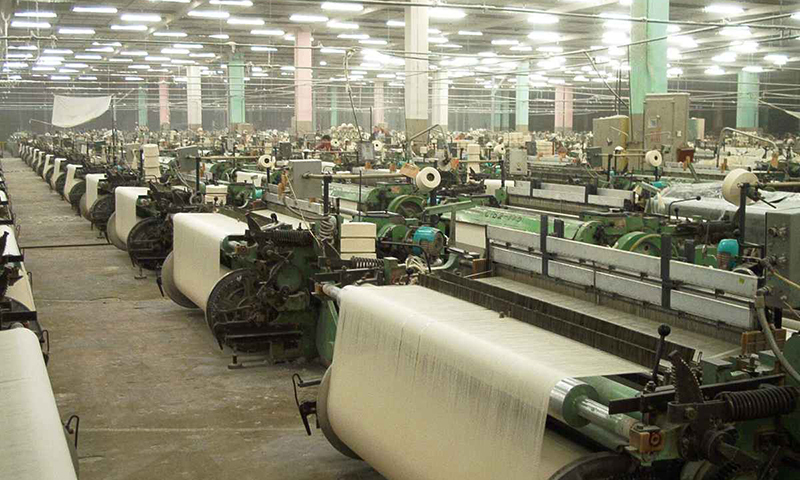Exports play a crucial role in a country’s economic growth. They open avenues for international trade, create job opportunities, attract foreign Investment, and enhance overall prosperity. However, there is a critical ingredient that fuels successful exports: Productivity. This article will explore the profound connection between exports and Productivity, exploring how increased productivity levels can unlock a nation’s export potential and propel it toward sustainable economic development.
I. Understanding the Power of Exports:
Exports refer to the goods and services produced domestically and sold to foreign markets. They serve as a catalyst for economic growth by generating revenue and diversifying the economy. When a country can effectively tap into global markets, it opens doors to new opportunities and expands its economic horizons. Prosperous exporting nations such as China, Germany, and South Korea have demonstrated the transformative power of exports in elevating their economies to new heights.
II. The Link between Exports and Productivity:
Productivity measures how efficiently resources are utilized to produce goods and services. It is a critical driver of economic progress, and its impact on exports is profound. Higher productivity levels enable countries to produce more goods at a lower cost, making them competitive in international markets. This competitiveness, in turn, leads to increased export volumes and revenues. Pakistan Textile manufacturer tries to become a key differentiator in a globalized economy, allowing countries to carve out their niche and thrive in fierce competition.
III. Factors Affecting Export Productivity:
A. Investment in Technology and Innovation:
Technological advancements and innovation are essential for enhancing export productivity. Countries that invest in research and development (R&D) adopt advanced manufacturing techniques, and harness cutting-edge technologies gain a significant advantage. Successful examples can be seen in the electronics, automotive, and pharmaceutical sectors, where innovation has fueled remarkable export growth.
B. Skilled Workforce:
A skilled workforce is a crucial asset for boosting export productivity. Countries can improve efficiency, innovation, and adaptability by equipping workers with the necessary knowledge and skills. Vocational and technical education programs and continuous skill development initiatives enable individuals to meet the demands of the global marketplace, fostering economic growth through enhanced export productivity.
C. Infrastructure Development:
Well-developed infrastructure is a cornerstone of export productivity. Efficient transportation systems, logistics networks, and modern communication channels facilitate the movement of goods and lower transaction costs. For example, Investment in ports, airports, roads, and railways enhances a country’s competitiveness in international trade. This accelerates the export process, attracts foreign Investment, and supports overall economic development.
IV. Policy Measures for Export Productivity:
A. A Supportive Business Environment:
Stable economic policies, transparent regulations, and ease of doing business are essential for promoting export productivity. Governments should focus on reducing bureaucratic barriers, streamlining procedures, and providing a productive environment for entrepreneurship. By fostering a business-friendly climate, countries can attract domestic and foreign investments, spur innovation, and promote export-led growth.
B. Encouraging R&D Initiatives:
Governments play a crucial role in supporting research and development activities. Financial incentives, tax benefits, and public-private partnerships can encourage businesses to invest in R&D to lead through innovation. Collaborative efforts between academia, research institutions, and industries can accelerate the development and adoption of new technologies, driving competitiveness in global markets.
C. Investing in Education and Skills Development:
Education is a cornerstone of a productive workforce. Governments should prioritize investments in education, focusing on curriculum reforms, vocational training programs, and lifelong learning initiatives. By aligning educational systems with the needs of export-oriented Manufacturers and exporters in knitwear industry, countries can nurture a skilled workforce capable of driving innovation and efficiency in export sectors.
Conclusion: The Way Forward
The connection between exports and productivity is undeniable. Increasing export productivity is critical to unlocking a nation’s economic potential, generating employment opportunities, attracting foreign investment, and fostering overall prosperity. Countries can embark on sustainable economic development by recognizing the importance of investing in technology, education, infrastructure, and supportive policies. Let us embrace the power of exports and productivity, working together to shape a brighter future for our nation.




